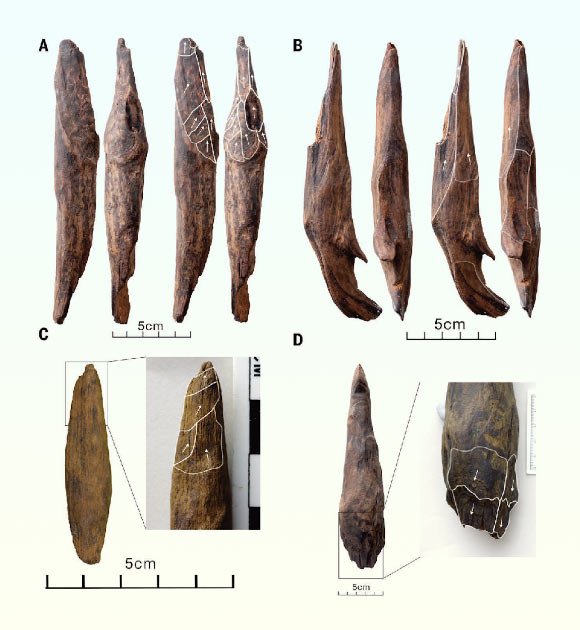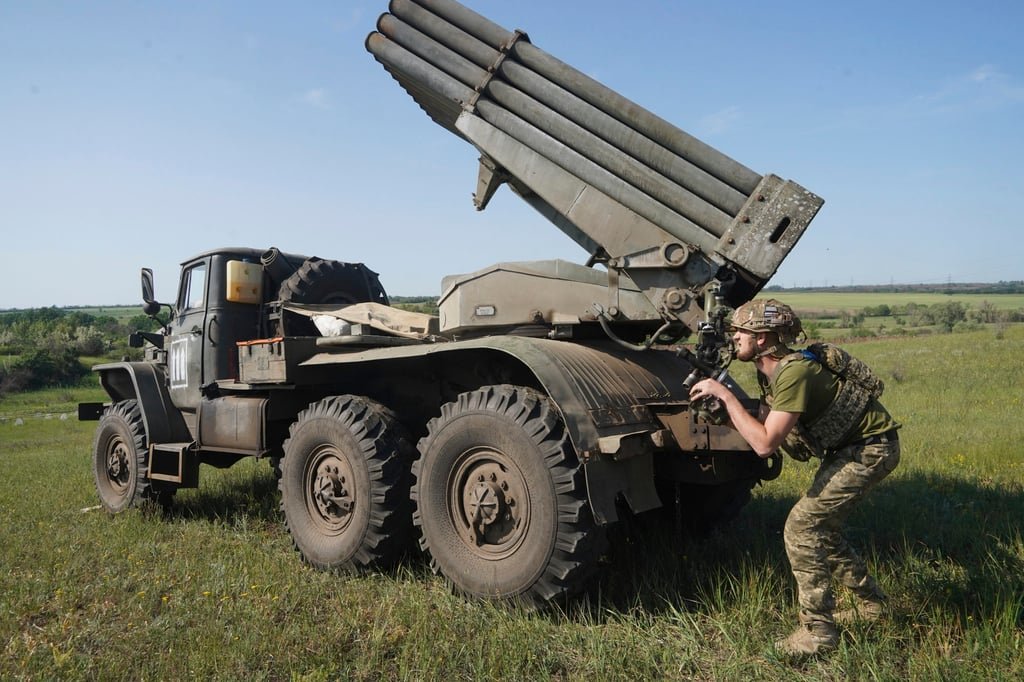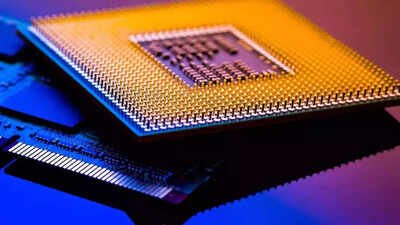After successfully inducting hypersonic cruise missiles and hypersonic glide vehicles, China has demonstrated remarkable advances in hypersonic flight capabilities by conducting a successful flight test of the Feitian 2 hypersonic vehicle.
The flight test was conducted by the Northwestern Polytechnical University (NPU) at a site in northwestern China. The flight test marked a critical milestone in the development of rocket-based combined cycle (RBCC) engines.
The NPU research team said the test represented the first successful acquisition of real-flight data for an RBCC engine using a kerosene-hydrogen peroxide propellant.
The test flight demonstrated key capabilities, including variable-geometry intake operation, thrust-varying acceleration, and autonomous flight with a variable angle of attack, according to the university statement, as quoted by the South China Morning Post.
The RBCC engine represents a promising future in reducing vehicle weight and increasing fuel efficiency, as it utilizes a unique kerosene-hydrogen peroxide propellant.
The flight test provided the researchers with invaluable data that will help in the future development of hypersonic flight vehicles. Feitian 2 is an experimental, reusable test platform for advancing hypersonic propulsion (RBCC) and flight technologies.
However, when fully developed, this technology can have a range of applications in both civilian and military domains.

The RBCC technology could lead to reusable hypersonic military drones, hypersonic reconnaissance platforms, or even civilian transports.
The crucial technology could enhance China’s military edge in hypersonic technology. Notably, Beijing has already inducted hypersonic cruise missiles, including the DF-100, Starry Sky-2, YJ-21 (an anti-ship ballistic missile), and Lingyun-1.
China has also developed hypersonic glide vehicles, including the DF-ZF, a hypersonic glide vehicle used with the DF-17 ballistic missile. China has also tested HGVs with intercontinental ballistic missiles (ICBMs), such as the DF-41, during fractional orbital bombardment system (FOBS) tests in 2021.
NPU led the project with participation from the Shaanxi Province Aerospace and Astronautics Propulsion Research Institute.
Incidentally, China has tested the Feitian 1 prototype in July 2022. That test demonstrated the engine’s ability to achieve stable transitions at different speeds.
The Feitian 2 flight test demonstrated the vehicle’s ability to transition smoothly between different flight modes, a key hurdle in hypersonic technology. Additionally, the flight test demonstrated key capabilities, including variable-geometry intake operation, thrust-varying acceleration, and autonomous flight.
The research team has also made certain crucial design changes in the exterior of Feitian 2. The team added wings near the rocket’s head and gave it visibly larger, longer tail fins. These design changes were necessary to provide the vehicle with stability and maneuverability during flight. This was crucial for maintaining control at hypersonic speeds and high altitudes.
Hypersonic vehicles often operate at high altitudes. Sometimes they also operate outside the atmosphere or in extremely thin air. This necessitates carrying an onboard oxidizer in addition to fuel.
Traditionally, propellants such as liquid oxygen combined with kerosene or liquid hydrogen are used. However, the Feitian 2’s use of a kerosene and hydrogen peroxide propellant marks a significant departure from these norms.
Feitian 1 demonstrated that kerosene can be effectively utilized as fuel for the propulsion system. Feitian 2 advances this by using a kerosene and hydrogen peroxide propellant. While kerosene is less efficient than liquid hydrogen, it offers substantial advantages by eliminating the need for complex cryogenic systems.
The RBCC engine of Feitian 2 represents a revolutionary concept, as it combines the advantages of a traditional rocket engine with those of air-breathing ramjets within a single system.
The integration of air-breathing ramjets allows them to utilize atmospheric oxygen, drastically reducing the weight of onboard oxidizers. Its core objective is to maximize the use of atmospheric oxygen as the oxidiser during atmospheric flight. This can significantly boost payload capacity and fuel efficiency.
In the initial ejector mode, the Feitian 2 test vehicle is powered by the rocket engine. However, in later stages of the flight, the thrust from the ejector rocket decreases before the ramjet effect fully establishes sufficient thrust.
A key obstacle in all combined-cycle engines is achieving smooth transitions between operational modes, specifically transitioning smoothly between the ejector rocket mode and the ramjet mode.
However, it seems that NPU researchers have found a way to bridge this gap, ensuring a smooth and continuous acceleration between the ejector rocket mode and the ramjet mode.
The flight test has also validated “variable-geometry intake.” This enables the engine to dynamically adjust its internal structure, optimizing for various conditions to achieve peak efficiency and stability at different speeds.
Furthermore, the “autonomous flight with variable angle of attack” would enable the vehicle to autonomously adjust its angle of attack according to the flight environment and mission requirements.
The evolution from Feitian 1 to Feitian 2 underlines that China’s RBCC test vehicle is ready to enter the next engineering phase.
The groundbreaking flight test has the potential to revolutionize the field of aerospace engineering. It suggests that sometime in the near future, hypersonic travel would not be limited to science fiction but could become a reality.
- Sumit Ahlawat has over a decade of experience in news media. He has worked with Press Trust of India, Times Now, Zee News, Economic Times, and Microsoft News. He holds a Master’s Degree in International Media and Modern History from the University of Sheffield, UK.
- VIEWS PERSONAL OF THE AUTHOR.
- He can be reached at ahlawat.sumit85 (at) gmail.com


![[News] NXP Reportedly Eyes Local Foundry Partner to Boost Full Chipmaking in China](https://koala-by.com/wp-content/uploads/2025/07/NXP-Hamburg-Germany-624x416.jpg)





